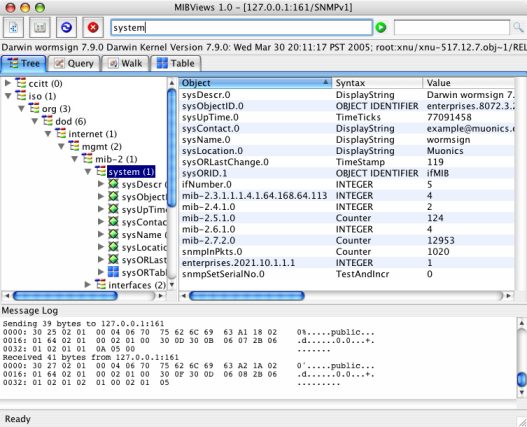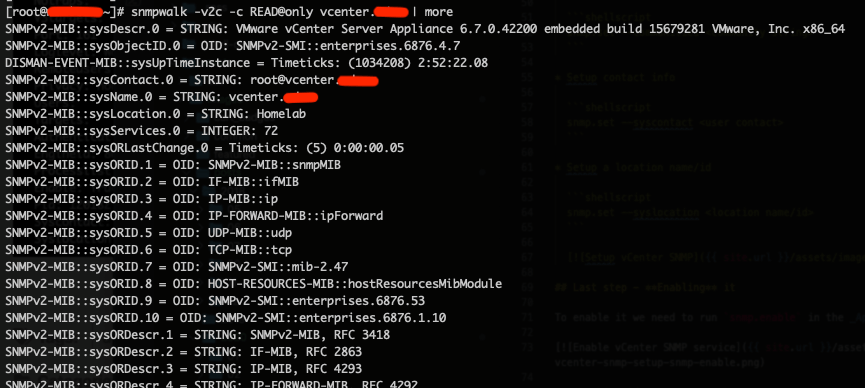
Set the engine ID of the local SNMP agent (the switch) with 10 to 64 hexadecimal digits. To complete the SNMP configuration, choose an SNMP version according to network requirements and supportability of the NMS software, and then follow these steps:Ģ)Create an SNMP view for managed objects.ģ)Create a community, specify the accessible view and the corresponding access rights.ģ)Create an SNMP group, and specify the access rights.Ĥ)Create SNMP users, and configure the authentication mode, privacy mode and corresponding passwords.Ĭhoose the MAINTENANCE > SNMP > Global Config to load the following page.įollow these steps to configure SNMP globally:ġ)In the Global Config section, enable SNMP and configure the local and remote engine ID. Table 1-2 Application Scenarios of Different Versions

Table 1-1 Features Supported by Different SNMP Versions Table 1-1 lists features supported by different SNMP versions, and Table 1-2 shows corresponding application scenarios.

The device supports three SNMP versions: SNMPv1, SNMPv2c and SNMPv3.

Since there is a one-to-one association between SNMP engines and SNMP entities, we can also use the engine ID to uniquely and unambiguously identify the SNMP entity within that administrative domain. An SNMP engine provides services for ending and receiving messages, authenticating and encrypting messages, and controlling access to managed objects.Īn SNMP engine can be uniquely identified by an engine ID within an administrative domain. Every SNMP entity has one and only one engine. Both the SNMP manager and SNMP agent are SNMP entities.Īn SNMP engine is a part of the SNMP entity.
Snmp walk gui download#
The MIB file can be found on the provided CD or the download center of our official website:Īlso, TP-Link switches support the following public MIBs:įor detail information about the supported public MIBs, see Supported Public MIBs for TP-Link Switches which can be found on the training center of our website:Īn SNMP entity is a device running the SNMP protocol. TP-Link switches provide private MIBs that can be identified by the OID 1.3.6.1.3. Vendors can define private branches that include managed objects for their own products. The top-level MIB object IDs belong to different standards organizations, while lower-level object IDs are allocated by associated organizations. Each object can be addressed through an object identifier (OID).Īs the following figure shows, the MIB hierarchy can be depicted as a tree with a nameless root, the levels of which are assigned by different organizations. The objects define the attributes of the managed device, including the names, status, access rights, and data types. An agent can send unsolicited trap messages to notify the SNMP manager that a significant event has occurred on the agent.Ī MIB is a collection of managed objects that is organized hierarchically. It contains MIB objects whose values can be requested or changed by the SNMP manager. Also, it receives notifications from the agents so as to learn the condition of the network.Īn SNMP agent is a process running on the managed device. It can get an MIB objects values from an agent or store a value of MIB object into the agent. The SNMP manager uses SNMP to monitor and control SNMP agents, providing a friendly management interface for the administrator to manage network devices conveniently. The following basic concepts of SNMP will be introduced: SNMP manager, SNMP agent, MIB (Management Information Base), SNMP entity, SNMP engine, and SNMP version. To configure SNMP on the switch, you define the relationship between the manager and the agent. The agent and MIB reside on the managed device such as the switch, router, host or printer.

The SNMP manager can be part of an NMS such as tpNMS. With SNMP, network managers can view or modify network device information, and troubleshoot according to notifications sent by those devices in a timely manner.Īs the following figure shows, the SNMP system consists of an SNMP manager, an SNMP agent, and a MIB (Management Information Base). It facilitates device management using NMS (Network Management System) software. SNMP (Simple Network Management Protocol) is a standard network management protocol, widely used on TCP/IP networks.


 0 kommentar(er)
0 kommentar(er)
